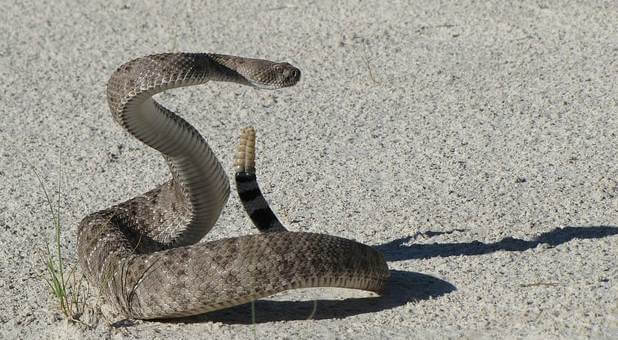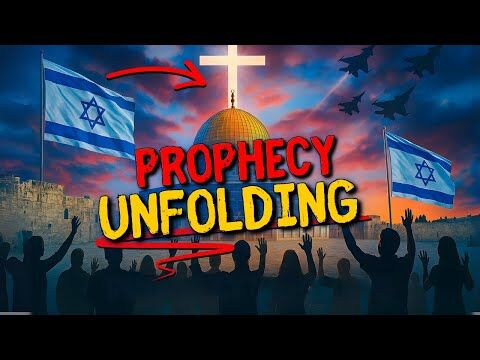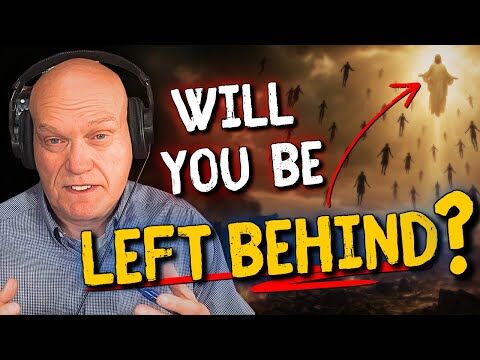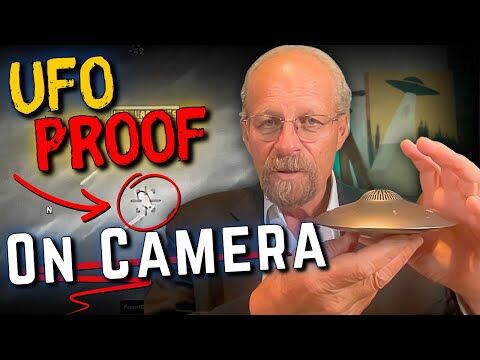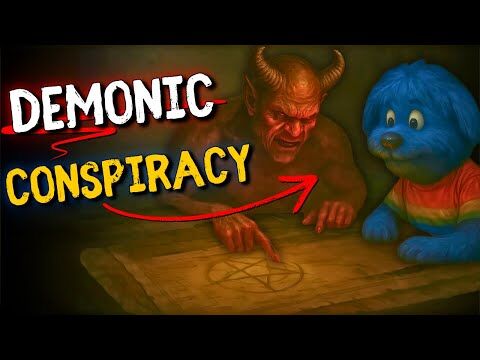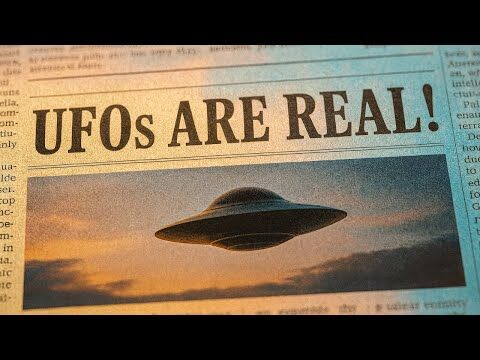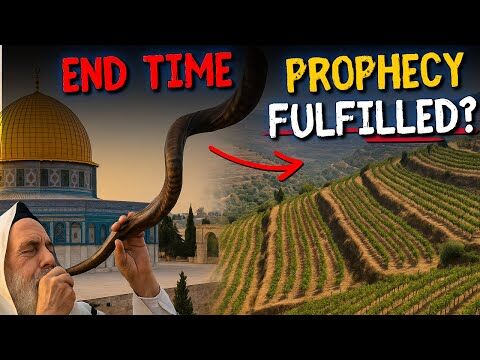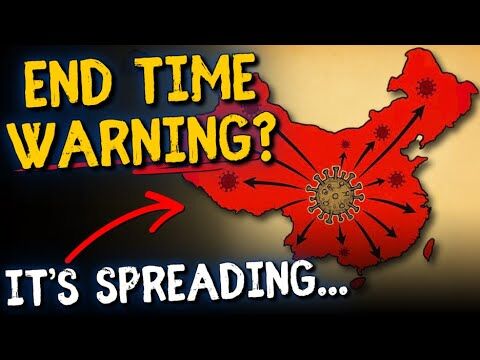One word, one simple word can change the meaning and understanding of a biblical passage and the concepts that are held within that passage. A single word can either illuminate the Bible so that those reading will see the pathways and connections laid out to lead us precept upon precept, line upon line, or it will sever the connection between those precepts, leaving us short of understanding the complete messages that G-D established within His Word.
One powerful example of this is found in Numbers chapters 20 and 21. The events that take place in these two chapters are well known to most believers. In chapter 20, we find Moses hitting the rock instead of speaking to it. In chapter 21, we read about the fiery serpents attacking the children of Israel. We can learn a lot from both of these events. In Numbers 20:9-12 we read:
“So Moses took the rod from before the Lord, as He commanded him. Moses and Aaron gathered the assembly before the rock, and he said to them, ‘Hear now, you rebels. Will we bring out water from this rock for you?’ And Moses lifted up his hand, and he struck the rock twice with his rod, and plenty of water came out, and the assembly drank, and their livestock.The Lord spoke to Moses and Aaron, ‘Because you did not believe in Me, to sanctify Me in the eyes of the children of Israel, therefore you will not bring this assembly into the land which I have given them.’
From these verses, we learn that a leader should not get so angry toward the people he is shepherding that he disobeys G-D in the process. We also learn that G-D is just in His judgment as we see that He punished Moses while at the same time providing water to those who were thirsty. There are many more lessons we can learn from these verses, and every single one of those lessons is important.
In Numbers chapter 21:8-9 we read: “The Lord said to Moses, ‘Make a poisonous serpent, and put it on a pole, and it will be, that everyone who is bitten, when he looks at it, will live.’ Moses made a bronze serpent and put it on a pole, and if a serpent had bitten any man, when he looked at the bronze serpent he lived.”
Here we find that Moses does exactly what G-D instructed him, and the people were delivered even though the serpents were a result of the people’s rebellion against G-D and Moses. Moses himself didn’t get angry and rebel against the commandment G-D gave him.
By now, you are asking your self, “Okay, so what does this have to do with the definition of a word and the possible illumination of important Biblical concepts?” When we look at verse 8 and 9, we find the phrase “put it on a pole” in both verses. Yet, the Hebrew word that is being translated is not the word for “pole.” The word being translated is “nes,” which is never translated as pole in any other locations we find it in the Bible. In other locations, that word is translated as “banner” and in some locations a “standard” or “ensign.” Now, you may be asking, “So what?” Well, the truth is that this one change of wording disconnects this verse from the verses in Exodus 17:15 where we read: “Then Moses built an altar and called the name of it, The Lord Is My Banner.”
As you turn in your Bible back to Exodus 15, you will see that the chapter is about a very similar event as the children of Israel are thirsty and murmuring:
Then Moses cried out to the Lord, saying, ‘What shall I do to this people? They are almost ready to stone me.’ The Lord said to Moses, ‘Pass over before the people, and take with you some of the elders of Israel. And take in your hand your rod with which you struck the Nile, and go. Indeed, I will stand before you there on the rock in Horeb, and you shall strike the rock, and there water shall come out of it, so that the people may drink.’ Then Moses did so in the sight of the elders of Israel.”
This is the first appearance of this rock, which we read about in 1 Corinthians 10:4: “and all drank the same spiritual drink, for they drank of that spiritual Rock that followed them, and that Rock was Christ.”
The significance of this rock being the Messiah who would appear twice, first to be struck and second to be worshipped, cannot be missed. This helps us to understand why Moses’ punishment was so severe. It was because the intention by G-D was to provide a clear prophetic picture of the two appearances of Messiah, first as suffering servant and second as reigning King.
But the connection between these two events both brought on by rebellious people murmuring and complaining goes deeper than this. Notice that Moses called the place in Exodus 17 “The Lord is my Banner.” Moses understood it wasn’t his hitting the rock that brought water, nor was it the staff in his hands being held up that brought victory. It was looking beyond his staff to the Banner that brought the victory. This concept makes more sense when you understand that the word “nes” in Hebrew also means miracle. Anyone who has played dreidel during Hanukkah knows that the letters on the dreidel are nun, gimmel, hey, shin. These letters stand for the phrase “nes gadol haya sham,” which means in English “a great miracle happened there,” meaning in Israel. Notice the first word “nes” is the exact same word used for banner in Exodus 17, and it is the same word translated “pole” in Numbers 21. This simple word change keeps people from connecting Moses saying “The Lord is my Banner,” in Exodus 17 with Moses raising up a banner in Numbers 21. This simple change makes it appear to the readers that when Israel looked on a serpent on a pole, they were healed and lived. The truth is that they looked at a serpent being held up in defeat by the Banner of the Lord. Another way of looking at these words is that the Israelites looked at the miracle that defeated the serpent, and the result was those that had rebelled against G-D were healed and given life.
Now stop for a moment and think about this picture as it was intended. First, the people were in sin and rebellion, and the Rock appeared and was struck. And from its side flowed living water, and the enemy was defeated. Then the Rock followed the people, and a second time the people thirsted for water and longed to be out of the wilderness. It was this time the Rock was to have been spoken to or “worshipped,” and the serpent was to be defeated providing a flow of water. The former and the latter rains. Each time, a “nes,” banner or miracle was to be viewed as the mechanism of victory.
To further understand the breadth of the concept, let’s look at three more verses from Isaiah:
“All you inhabitants of the world, and dwellers on the earth: When he lifts up a banner on the mountains, you will see it; and when he blows a trumpet, you will hear it” (Is. 18:3).
“Thus says the Lord God: ‘See, I will lift up My hand to the nations and set up My standard to the peoples; and they shall bring your sons in their arms, and your daughters shall be carried on their shoulders; kings shall be your foster fathers and their queens your nursing mothers; they shall bow down to you with their faces toward the ground and lick up the dust of your feet. And you shall know that I am the Lord, for those who wait for Me shall not be ashamed'” (Is. 49:22-23).
Isaiah 62:10-12
“Go through, go through the gates. Prepare the way of the people; build up, build up the highway. Remove the stones; lift up a standard over the peoples. The Lord has proclaimed to the ends of the earth: Say to the daughter of Zion, ‘See, your salvation comes; see, His reward is with Him, and His recompense before Him.’ They shall call them The Holy People, the Redeemed of the Lord; and you shall be called Sought Out, a City Not Forsaken.” (Is. 62:10-12). {eoa}
Eric Tokajer is author of With Me in Paradise, Transient Singularity and OY! How Did I Get Here?: Thirty-One Things I Wish Someone Had Told Me Before Entering Ministry.

